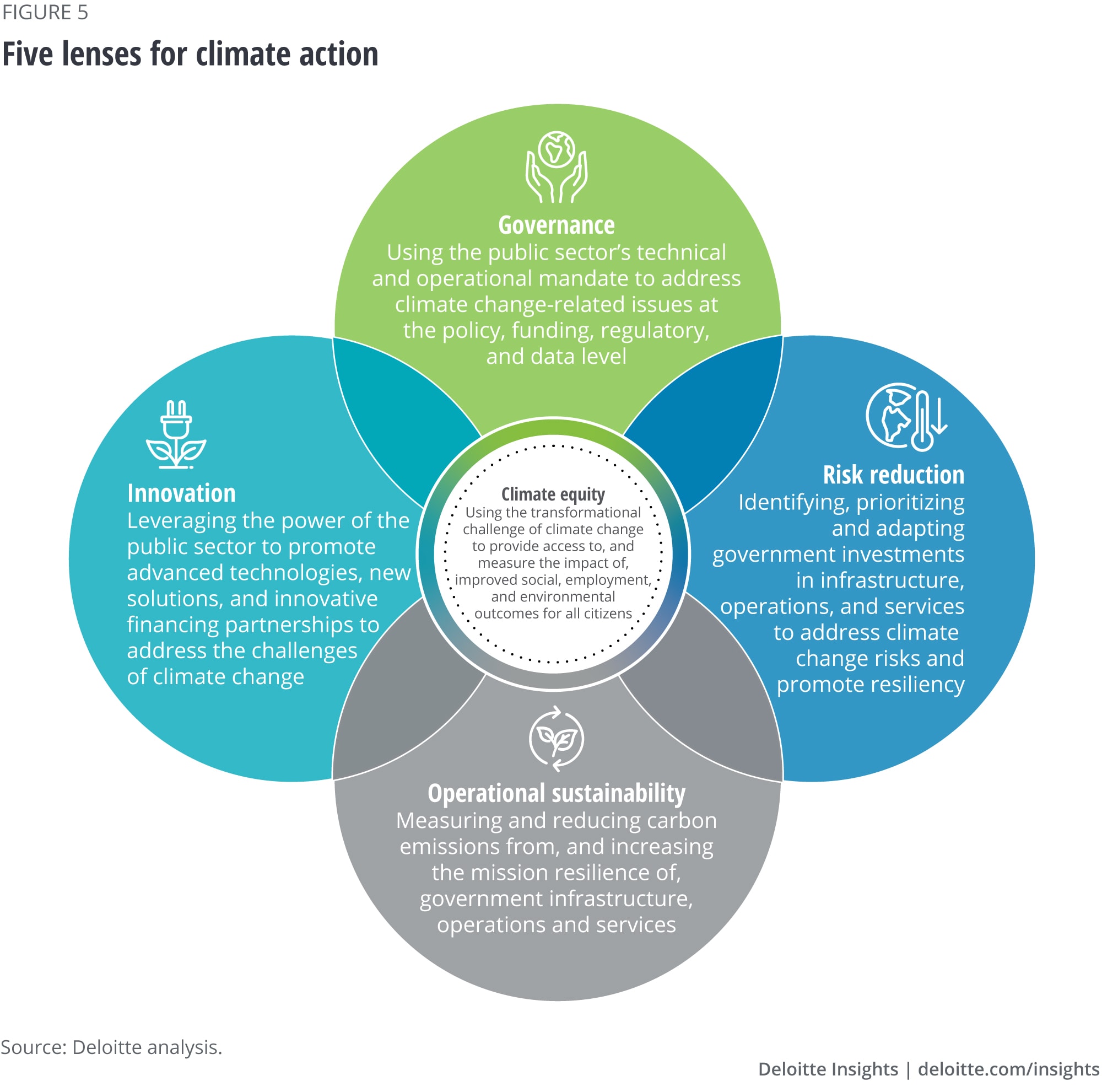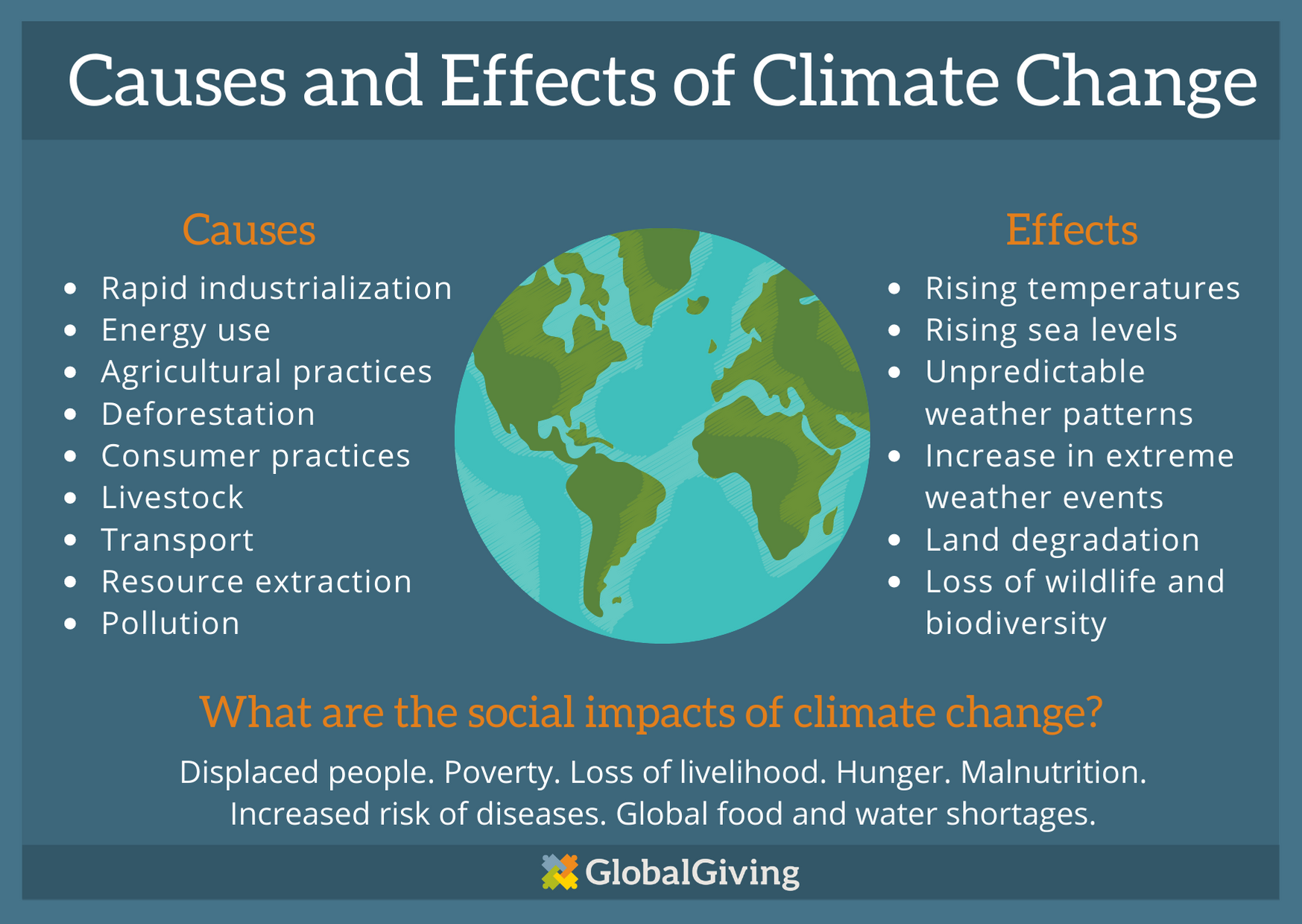In the face of growing environmental concerns, governments around the world have taken significant steps to combat climate change. As the effects of climate change become increasingly evident, policymakers are under mounting pressure to develop and implement effective strategies to reduce greenhouse gas emissions and protect the environment. In this blog post, we’ll delve into the world of government policies and their role in addressing climate change from a global perspective.
The Global Challenge of Climate Change
Climate change is a global issue that transcends borders, affecting communities, ecosystems, and economies across the planet. The rise in average global temperatures, extreme weather events, melting ice caps, and rising sea levels are just a few of the consequences of climate change. To address these challenges, coordinated efforts are required at both the national and international levels.
International Agreements and Treaties
International agreements and treaties have played a crucial role in setting the stage for global action on climate change. The Paris Agreement, adopted in 2015 at the United Nations Framework Convention on Climate Change (UNFCCC) Conference of the Parties (COP21), is a landmark example of international cooperation. This agreement commits countries to limiting global warming to well below 2 degrees Celsius above pre-industrial levels, with the goal of limiting the increase to 1.5 degrees Celsius.
Under the Paris Agreement, countries have submitted their Nationally Determined Contributions (NDCs), outlining their individual commitments to reducing greenhouse gas emissions. These contributions are crucial in achieving the overarching goal of the agreement. Governments are required to regularly update and enhance their NDCs to reflect their evolving efforts and progress in combating climate change.
Carbon Pricing and Emissions Reduction Targets
Many governments have implemented carbon pricing mechanisms to incentivize emission reductions. Carbon pricing can take various forms, including carbon taxes and cap-and-trade systems. The basic idea is to put a price on carbon emissions, making it more costly for industries and individuals to emit greenhouse gases. The revenue generated from carbon pricing can be reinvested in clean energy initiatives and climate adaptation efforts.
Additionally, governments are setting ambitious emissions reduction targets. These targets outline the specific levels of greenhouse gas reductions that countries aim to achieve by certain deadlines. Achieving these targets often involves a combination of regulatory measures, investment in renewable energy, and support for sustainable transportation.
Renewable Energy Incentives and Transition Policies
Transitioning from fossil fuels to renewable energy sources is a critical step in reducing greenhouse gas emissions. Governments worldwide are providing incentives to promote the adoption of clean energy technologies. These incentives may include tax credits, subsidies, and regulatory support for renewable energy projects.
Some countries have set clear roadmaps for transitioning to renewable energy. For example, Germany’s Energiewende policy aims to phase out nuclear energy and coal while significantly increasing the share of renewable energy sources in its energy mix. This transition involves substantial investments in wind, solar, and hydroelectric power generation.
Energy Efficiency Standards and Regulations
Energy efficiency is another key aspect of addressing climate change. Governments can enact energy efficiency standards and regulations for various sectors, including buildings, transportation, and appliances. These standards often require the use of energy-efficient technologies and practices, reducing energy consumption and associated emissions.
Climate Adaptation and Resilience Planning
In addition to mitigation efforts, governments must also focus on climate adaptation and resilience planning. Climate change is already causing disruptions, such as more frequent and severe storms, heatwaves, and droughts. To protect their populations and infrastructure, governments need to develop strategies for adapting to these changes.
Challenges and Obstacles
While government policies play a crucial role in addressing climate change, there are also challenges and obstacles that hinder progress. These challenges include political resistance, economic considerations, and the need for international cooperation. Additionally, the effectiveness of policies can vary widely depending on their design and implementation.
Conclusion: A Collective Effort
In conclusion, government policies are a vital component of the global response to climate change. As we face the urgent need to reduce greenhouse gas emissions and mitigate the impacts of a warming planet, governments must continue to take bold and decisive actions. International cooperation, ambitious targets, carbon pricing, and support for renewable energy are all critical elements of effective climate policies. Together, we can work towards a sustainable future and protect our planet for generations to come.
As we’ve explored in this blog post, government policies have the power to shape our response to climate change on a global scale. By staying informed and advocating for effective policies, we can all contribute to the collective effort to combat climate change and safeguard our planet.





